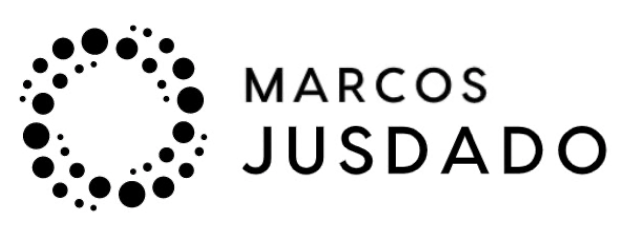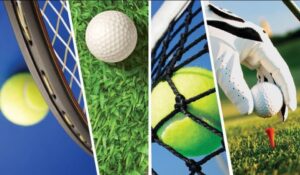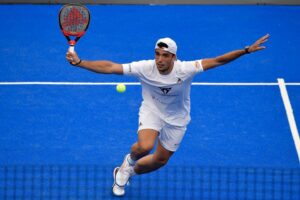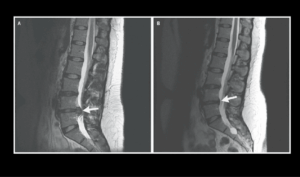Speed, precision, balance, and decision-making, elite athletes need it all.
But there’s a powerful system behind the scenes that most training programs overlook: the vestibular and visual systems.
In high-level performance, milliseconds matter. And those milliseconds are governed by how fast and accurately your brain processes movement, visual input, and body position.
Let’s explore why vestibular and visual training is becoming the secret weapon in elite sports, and how you can start using it.
Why the Vestibular System Matters in Sports
Your vestibular system, located in the inner ear, detects:
- Head position and motion
- Acceleration and deceleration
- Balance and spatial orientation
It integrates this information with your visual and proprioceptive systems to keep your eyes stable, your body coordinated, and your reflexes sharp—even under pressure.
When it’s undertrained, performance suffers.
When it’s optimized, it gives you a competitive edge.
How Visual Training Boosts Performance
Your eyes are your brain’s GPS. But vision isn’t just about clarity, it’s about how fast and accurately your eyes move and focus during movement.
Visual training enhances:
- Eye tracking speed
- Peripheral awareness
- Depth perception
- Reaction time
Together with vestibular input, this system helps athletes:
- Keep their focus while moving fast
- Maintain balance during unpredictable plays
- Improve decision-making under pressure
Real Benefits for Athletes
Athletes who train their vestibular and visual systems report:
- Fewer injuries due to better body awareness
- Faster reaction times in dynamic situations
- Improved balance and agility
- Better recovery after concussions or dizziness episodes
- Enhanced performance under stress
This is why top performers in sports like tennis, padel, football, basketball, MMA, and motorsports are now incorporating neuro-visual protocols into their training.
How the Training Works
Vestibular and visual training doesn’t replace physical conditioning—it enhances it.
It may include:
- Head-eye coordination drills
- Dynamic balance training
- Reactive visual tasks
- Gaze stabilization exercises
- Cognitive-motor dual tasks
And when personalized, these tools help unlock your brain-body potential like nothing else.
Who Can Benefit?
While designed for elite athletes, this type of training also helps:
- Amateur athletes looking to level up
- Athletes recovering from concussion or imbalance
- Sports professionals with unexplained fatigue or disorientation
- Coaches who want to boost team performance
In Dubai, I offer neuro-performance assessments and training plans tailored to your sport and goals.
Train Your Brain, Not Just Your Body
Physical strength isn’t enough.
To dominate the game, you need to sharpen your internal systems—the ones controlling balance, focus, and movement timing.
Want to train smarter, not just harder?
Reach out for a neuro-performance consultation and discover what your vestibular and visual systems can do for your athletic future.











